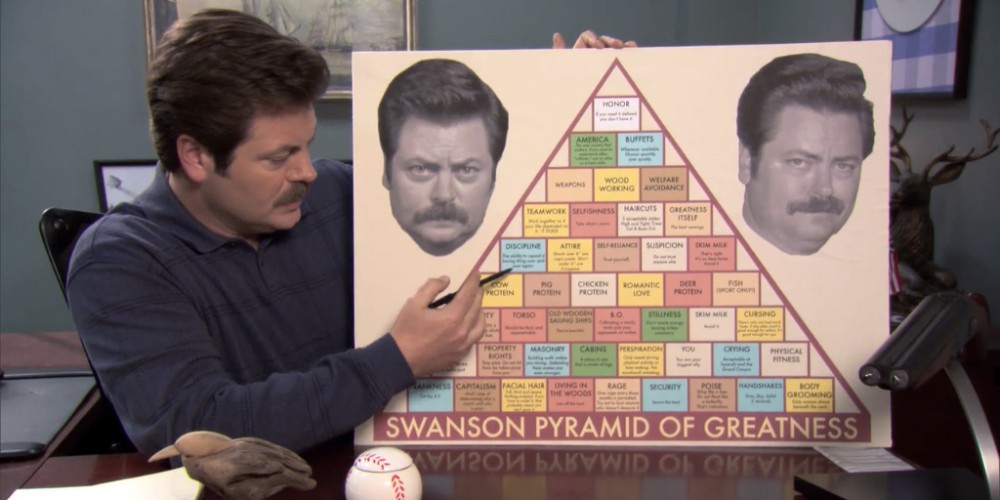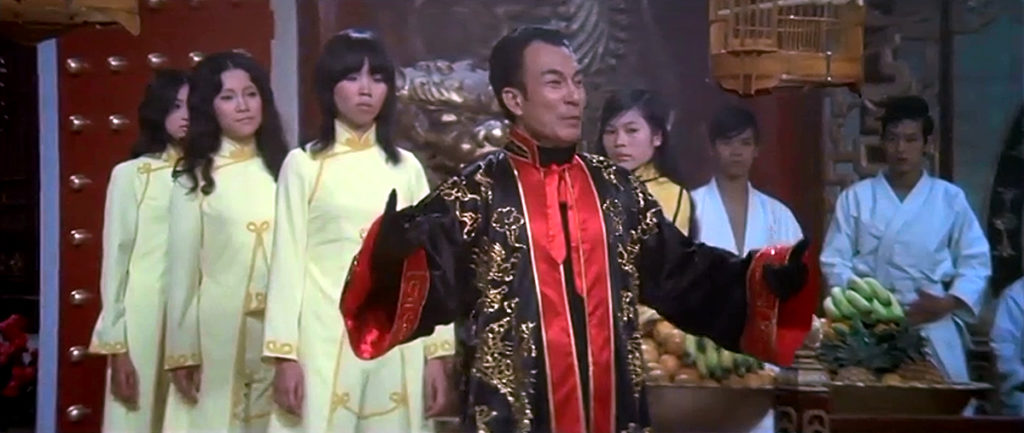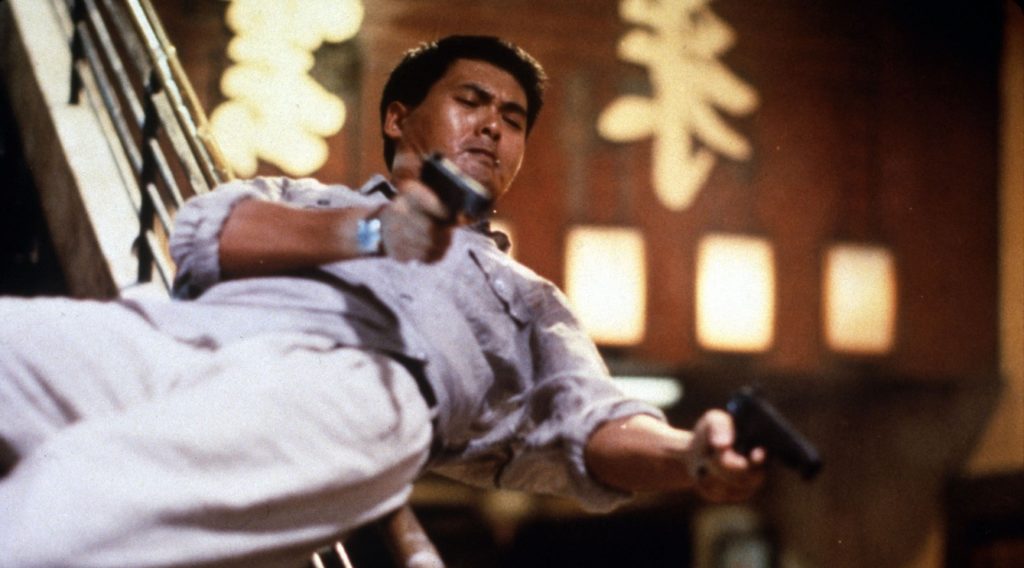I was recently asked to provide some entertainment for my nephew’s 10th birthday party – a Saturday afternoon event with a total of nine attendees, aged between 8 and 10 years old. I had been told that nephew’s plan was for his guests to bring their own smartphones, tablets and Switches round to play Roblox and Minecraft together, much as they seem to do after school on every other day of the week. I immediately discarded his wishes and set about devising a better plan. It was time for them to learn the old ways.
I remember my own 10th birthday party – a sleepover event where some friends and I sat up until midnight playing Streets of Rage 2, Micro Machines and Theme Park on the Mega Drive. Most of our birthday parties for the next six years would follow in a similar vein, although the games evolved from 16-bit consoles into PlayStations and N64s and on into the odd Dreamcast, and later LAN parties that would fill the house with ethernet cables and bulky CRT monitors. Reader, the period when we were 14 years old and could sit up all night playing deathmatch Doom, link battle C&C: Red Alert, Tekken 3, Micro Machines V3 and Goldeneye was truly a golden age.
So, I had a lot of memories and learnings to draw from in planning the party. I wanted the games to be competitive, but also short – with nine partygoers, we would almost always need to be cycling through players. We had space for three separate setups: a large living room with lots of seating and a huge TV (aka the Main Stage), a dining room with a table but not much seating (which seemed like a rational place to set up games with wired peripherals), and a music room that was a little cut off from the rest of the house (a suitable space for a chill-out room, or an isolated chaos zone).
As for the guests: most of them played Roblox and Minecraft and the like, but only a few of them seemed to have access to traditional games consoles at home – usually only if their parents had an XBox or PS4, although some of them came from Switch households and one kid played on a SNES Mini in his spare time. My thinking was that the games needed to be simple to learn, but also fun to watch for the sake of the kids who didn’t want to play, or were patiently waiting for their turn.
My sister asked me to contrive of some kind of structure to the proceedings, and to think of reasons to give the kids prizes towards the end of the party. The concept chilled me to my core and was immediately and forcefully rejected. These kids were going to learn some lessons about the nature of friendly competition; they were going to develop the emotional flexibility to beat their friends into a virtual pulp, and then shake their actual hand. I’ve seen the way they play games together: whining when they lose, sneering when they win, truly the worst habits in every scenario. I got to thinking that it was due to the emotional disconnection of their online games – everyone playing on their own screen, in their own home, without ever looking their opponent in the eye – and how when they watch someone else playing a game it would probably be some shrieking YouTuber, frantically searching for an emotional trigger to pull.
The more I thought about this, the more serious I became – I was going to take this opportunity to teach a valuable life lesson to these impressionable pre-teens! I was not going to help them keep track of whose turn it was, or seek to settle their arguments for them! I was going to round them up and deliver an commencing address that, in the manner of Beat Takeshi hosting Jackanory, would spell out to them that they were on the path to adulthood now and it was time they started taking responsibility for themselves. They were going to play to win, but they were going to respect their opponents; they were going to learn to look beyond whether they won or lost a particular match, and support each other. If they found a strategy that worked, I wanted them to help their friends find a way to beat it! If they act like jerks, they should expect to find themselves before long without any friends left to play with.

I set about writing a long list of games that seemed good for parties, without thinking too hard about their age ratings or whether I’d be able to get them running. Generally speaking I would categorise them as either arcade games (because they’re usually simple and have a quick turnover), versus battle games (like fighting games, racing games, or FPS games with a good deathmatch mode), and minigame collections (which usually means digging around in the extra features of some ‘main’ game). I also threw in a few other one-off things, usually because they used weird peripherals that I thought they kids might get a kick out of (such as 4-player Donkey Konga).
I then grouped my list into genre categories, crossed off anything that seemed inappropriate (be patient, Doom – your time will come) and whittled each category down to one or two top picks – I didn’t want to blind the kids with options by offering lots of similar games. I made a few more choices based on what hardware would be required – the Wii scored well due to its GameCube compatibility, while Point Blank was cut because my lightguns wouldn’t work on any of my sister’s TVs (and I wasn’t prepared to drop £250 to buy a pair of Sindens just for this).
Well anyway, the bottom line looked something like this:
- Super Smash Bros Ultimate (Switch)
- Ultra Street Fighter 4 (PS4)
- Donkey Konga (GameCube)
- Super Bomberman (SNES)
- Chu Chu Rocket (Dreamcast)
- Pac-Man Vs. (GameCube)
- Wario Ware Inc. – Mega Party Games (GameCube)
- Goldeneye (N64)
The party was only going to be about three hours long and I figured we could squeeze at least an hour out of each game, although the maths gets a little more complicated when you imagine burning through two or three games in parallel. But I also had a deep bench of backup options, like the Capcom Beat ‘Em Up Bundle (thinking back to my night playing Streets of Rage 2) and the huge emulator library on my laptop.
For me, the most exciting thing was that I bought another arcade stick – a Hori Fighting Stick Mini for PS4 – so that I could pair it up with my PS3 Hori Mini and set the kids off playing Street Fighter on a level playing field. The other games were either GameCube games (played on a Wii using my old controllers), Smash Bros (played on a Switch by pooling together all mine and my sister’s Joy-Cons) or older, emulated games (played on my laptop using a set of wireless XBox 360 controllers).
I set up all of the games with wireless controllers in the living room, anticipating that this was the room with the most potential for the kids to bounce around and tangle things up. I set up the PS4 and the arcade sticks in the dining room, where the table would create a natural anchor point that forces the kids to sit in the right place and not break anything. Finally I set the Wii up in the music room, as a sort of breakout space for an extended game of Wario Ware (or to tire kids out on Donkey Konga without causing too big a disturbance).

I packed all the necessary equipment up on the morning of the party, and spent about an hour setting things up before the guests arrived. There was only one really notable technical hitch: My PS3 Hori Mini stick only worked on the PS4 thanks to that Lab Zero PS3 driver, which requires you to have a PS4 controller connected at the same time – I had to go through a very specific process of turning the console on with a normal controller, plugging in the PS3 stick, loading Ultra Street Fighter 4, then plugging in the PS4 stick, switching it on and signing in as a spare profile, then plugging the original controller in at the wall to keep the battery charged so it wouldn’t disconnect from the console. This setup broke down and needed to be reset two or three times during the day (I’m fairly sure the kids were idly playing around with the forbidden buttons along the top of the stick) but it wasn’t so difficult to deal with.
By far the biggest winners of the day were Smash Bros and Street Fighter – the kids loved playing 8-player Smash and the novelty of using the arcade sticks, and I think that goes a long way to supporting my theories about face-to-face gaming. There’s something strange to consider in that many of these kids may never have played an arcade game before – I was worried they might think the sticks were just weird and pointless – but they seemed to take to it happily.
Most of the kids played Street Fighter by mashing buttons and looking for one good basic attack that they could spam repeatedly – usually a crouching hard kick, something that causes knockdown. It led to a few flashpoint moments where tempers boiled over and they would demand that their opponent use some different moves. At these times I would swoop in and tell the complaining kid that they are playing a competitive game and it’s perfectly fair for their opponent to do whatever works; I would then point out that their opponent is being very predictable, and give them some advice on how to counterattack (which was often particularly easy thanks to Street Fighter 4‘s focus attack system). I would then turn my attention to their opponent and remind them that while this is a competitive game, they are not playing in a competitive setting – now that they’ve proven that this strategy works, it’s in their own interest to help their friends to defeat it, which will then spur them to develop another new strategy in response, and gradually they will all improve at the game.
Reader, I think they even listened to me once or twice.
I didn’t really need much else beyond that, although I did get Donkey Konga going for some of the kids who lost interest in fighting each other. At one point my niece blew my mind by demanding to play R: Racing – a game I have never taken out of the box before, which I bought purely for the sake of its pack-in stablemate Pac-Man Vs. Once Smash Bros had withered down to just two or three remaining players, I asked them to stop for a moment while I put Super Bomberman on, and once they learned the basic rules (and in particular saw how the punch glove worked) they had a great time blowing each other up. Finally I did put Chu Chu Rocket on for a short spell, but I think it’s just too manic for kids to randomly pick up, especially in 4-player battle mode – perhaps best to let them play some puzzle maps in small groups and get used to the basics first?
All in all, it’s actually led to me to wonder about whether I could open an arcade or something – to find some way of introducing some videogames back into the public space in my home town. When I was their age I would sometimes nip into a bookies with a couple of friends on the way home from school for a few sets of Samurai Shodown, and when we felt flush with cash we could catch a bus into town on a Saturday morning and visit Metroland or the shockingly good (but suspiciously sparse) arcade down on Clayton St, which I think is now a Salvation Army shop. These opportunities for social, public play have dried up and disappeared, except for the disappointing Namco arcade attached to the bowling alley in the MetroCentre.
Come to think of it, someone did open an arcade in The Gate a couple of years ago? Although what I’d really like to see is a place like Sugoi in Helsinki, which seems to be run almost like a museum or cultural centre. But I digress!
The highlight of the afternoon was probably the moment where one kid was losing quite badly at Street Fighter, but then somehow accidentally pulled off Ken’s ultra hurricane kick, causing the assembled crowd to erupt in a riot of woops and howls as if it was the grand final at Evo. I couldn’t have asked for a better introduction to the game.

I have already – perhaps arrogantly – started thinking about what I would do if I was asked to put on a similar event next year. I feel like it would be reasonably affordable to get a couple of second-hand XBox 360s and set up some team games in Halo 3, but I also think they’re still a little too young for that – even if they are already playing a game an experience in Roblox that looks like Lego Counter-Strike. But I think the real trick would be if I did buy a pair of those Sinden lightguns after all, and set the kids up with Point Blank. Can you imagine how trouser-soilingly exciting it would be for an 11-year-old to play a game with a ‘real’ gun that kicks like a mule when you pull the trigger?
I feel like I could keep coming back with a fresh playlist every every year until they leave high school, but of course the biggest barrier I face is that the kids will very quickly grow older and probably won’t want some weird uncle hovering around on the sidelines with a box full of old consoles; especially if they – heaven forbid! – decide that they’ve outgrown videogames and would rather listen to music and drink a crate of cheap supermarket lagers that someone’s older brother agreed to sell them. Probably my older brother, for that matter.
But perhaps there is a future in hosting some kind of occasional event, decoupled from anyone’s birthday, where I just work my magic and enable some teenagers to get together and play some games they wouldn’t normally have a chance to? I suppose the peak would be if I had a full team of them sitting with laptops and playing a MOBA together, so I could finally ascend to my final form as a clipboard-wielding eSports coach. I’m not drawn to it for the sake of doing these kids a favour as much for my own sense of handing down culture – showing them that games don’t have to be about loot boxes and retention mechanics and in-app adverts and faceless, abusive strangers.
It sounds nice. Also, kind of insane. But nice, nevertheless.




